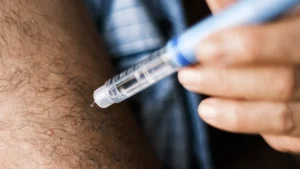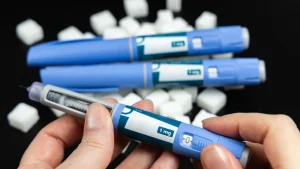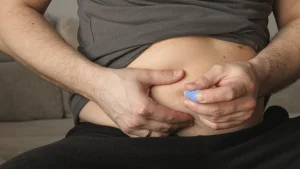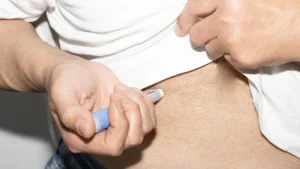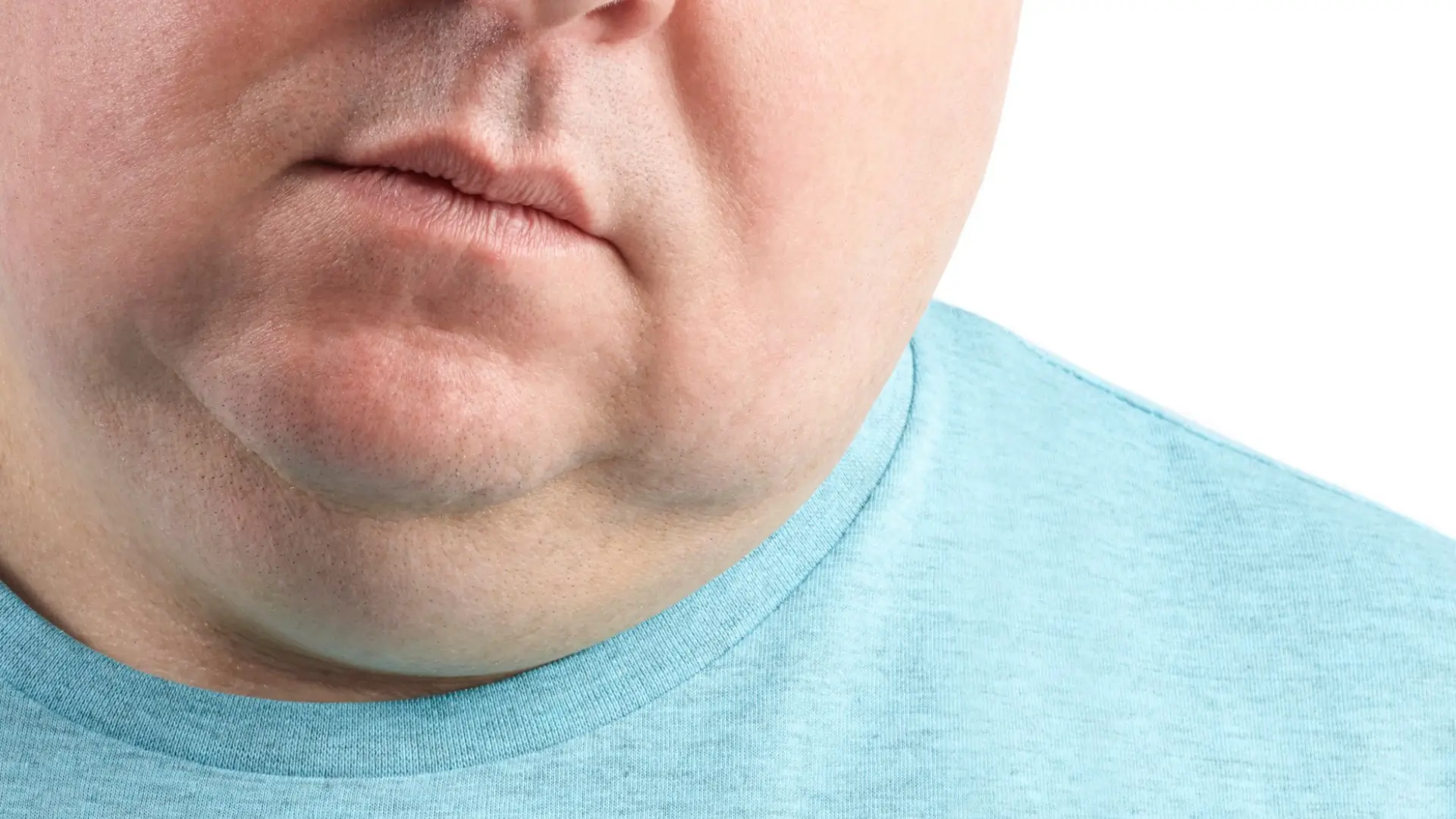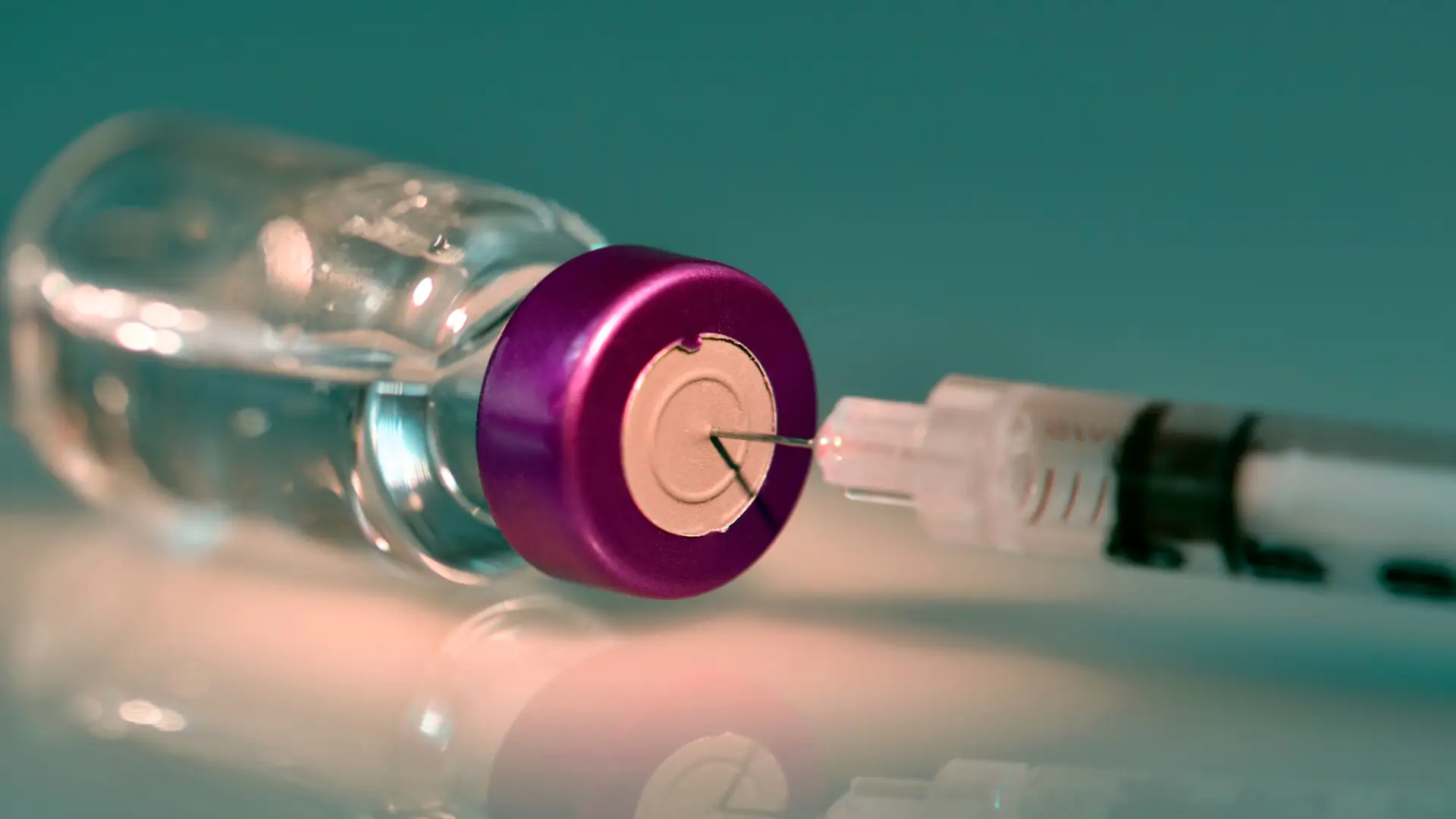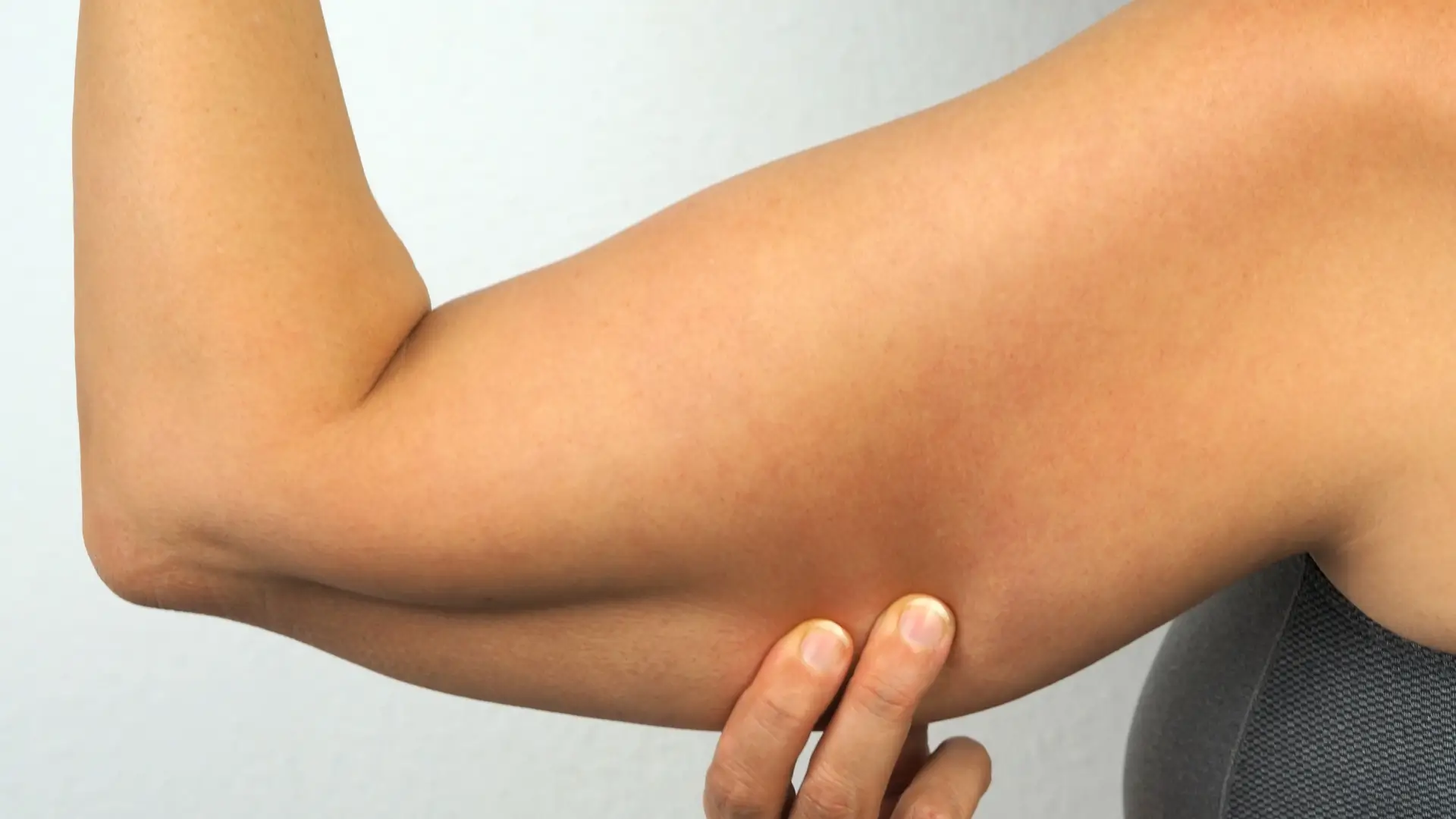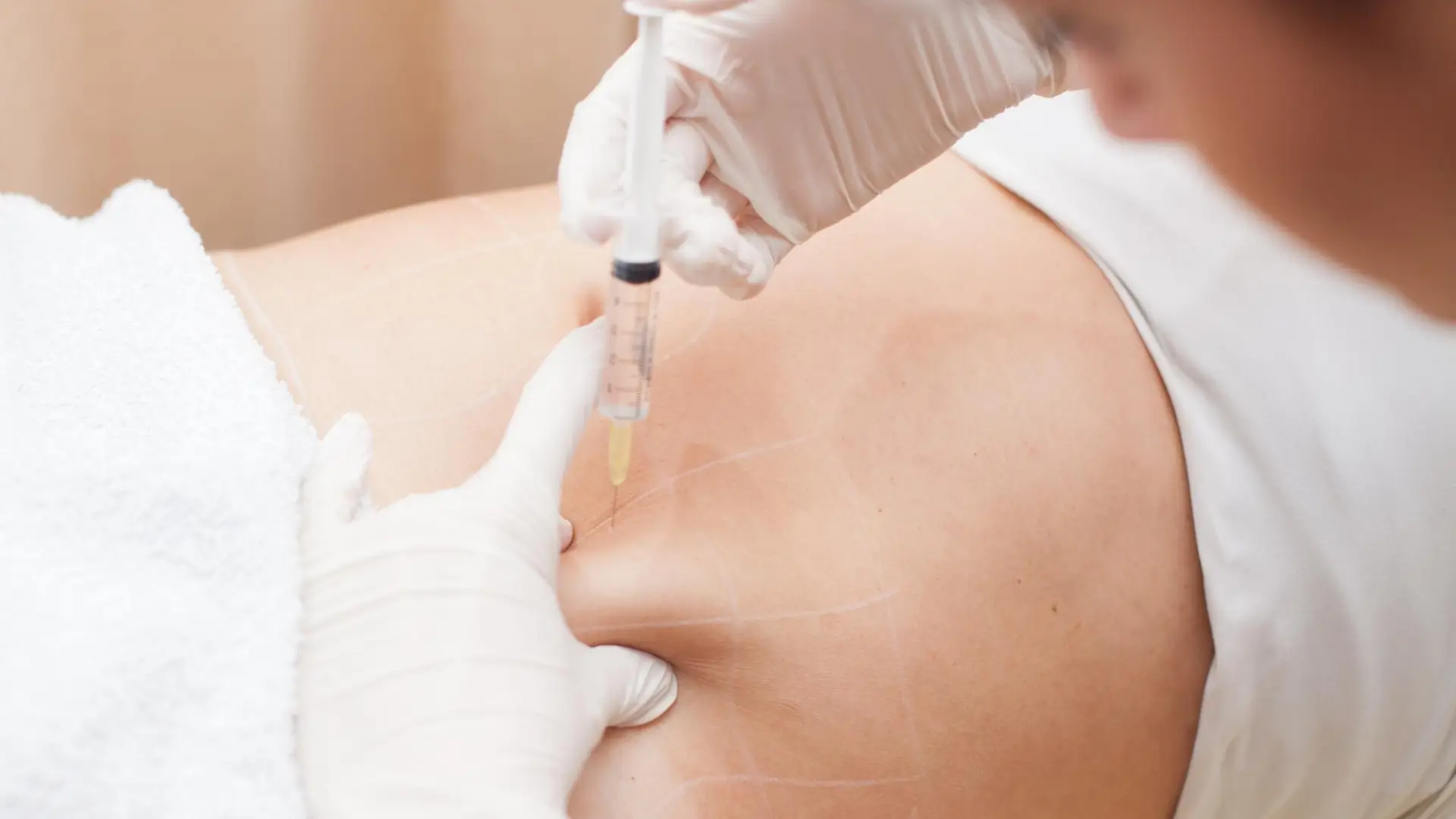A landmark study revealed an interesting fact: while we experience weight loss, our bodies maintain a stable number of adipocytes (fat cells) throughout life, with only about 10% being renewed annually. This means that even after losing fat, the number of fat cells remains the same, which helps explain why stubborn fat pockets can persist despite diet and exercise.
This discovery has sparked growing interest in non-surgical fat reduction, especially injectable treatments that target fat cells directly with minimal downtime. Among the most popular options are Aqualyx, a CE-marked treatment in Europe, and Kybella, FDA-approved in the U.S. for submental fat (under the chin).
In this article, we’ll compare how Aqualyx and Kybella work, review their treatment protocols, look at their clinical efficacy, and assess their safety profiles. This comparison aims to help both practitioners and patients make informed decisions when choosing between these two popular fat-dissolving treatments.
Key Takeaways
- Aqualyx and Kybella are both injectable fat-dissolving treatments that use deoxycholic acid to target and reduce stubborn fat pockets, offering non-surgical alternatives to fat removal.
- Aqualyx is CE-marked in Europe for various body areas, including the abdomen, flanks, thighs, and upper arms.
- Kybella is FDA-approved in the U.S. for submental fat (double chin).
- Aqualyx uses a microgel formulation with a slow-release form of deoxycholic acid.
- Kybella contains synthetic deoxycholic acid in sterile saline, resulting in a faster fat breakdown.
- The injection techniques for both treatments differ slightly. Aqualyx uses a 25-27 G needle or blunt cannula, while Kybella uses a 30 G needle for more precise fat reduction, especially in the chin area.
- Session count for Aqualyx typically ranges from 2 to 8 sessions, spaced 4 to 6 weeks apart, while Kybella may require up to 6 sessions with similar intervals.
- Common side effects for both treatments include redness, swelling, and bruising at the injection site, with most side effects resolving in a few days to a week.
- Kybella has a broader market reach due to its FDA approval, while Aqualyx remains more widely used in Europe and other regions, still seeking FDA approval in the U.S.
- The cost of Aqualyx is typically lower per vial, but Kybella may be more cost-effective in the long run for patients needing fewer sessions.
About: Medica Depot is your trusted all-in-one supplier, offering a range of high-quality medical injectables and supplies. If you’re looking to buy Aqualyx, contact Medica Depot’s sales representatives and they will guide you on how to do so. Whether for health professionals, plastic surgeons, dermatologists, licensed estheticians, or other specialists, we can offer genuine, brand-name products you may need. With Medica Depot, we prioritize serving you better to improve the patient’s quality of life.
Aqualyx vs Kybella: Regulatory Status & Formulations
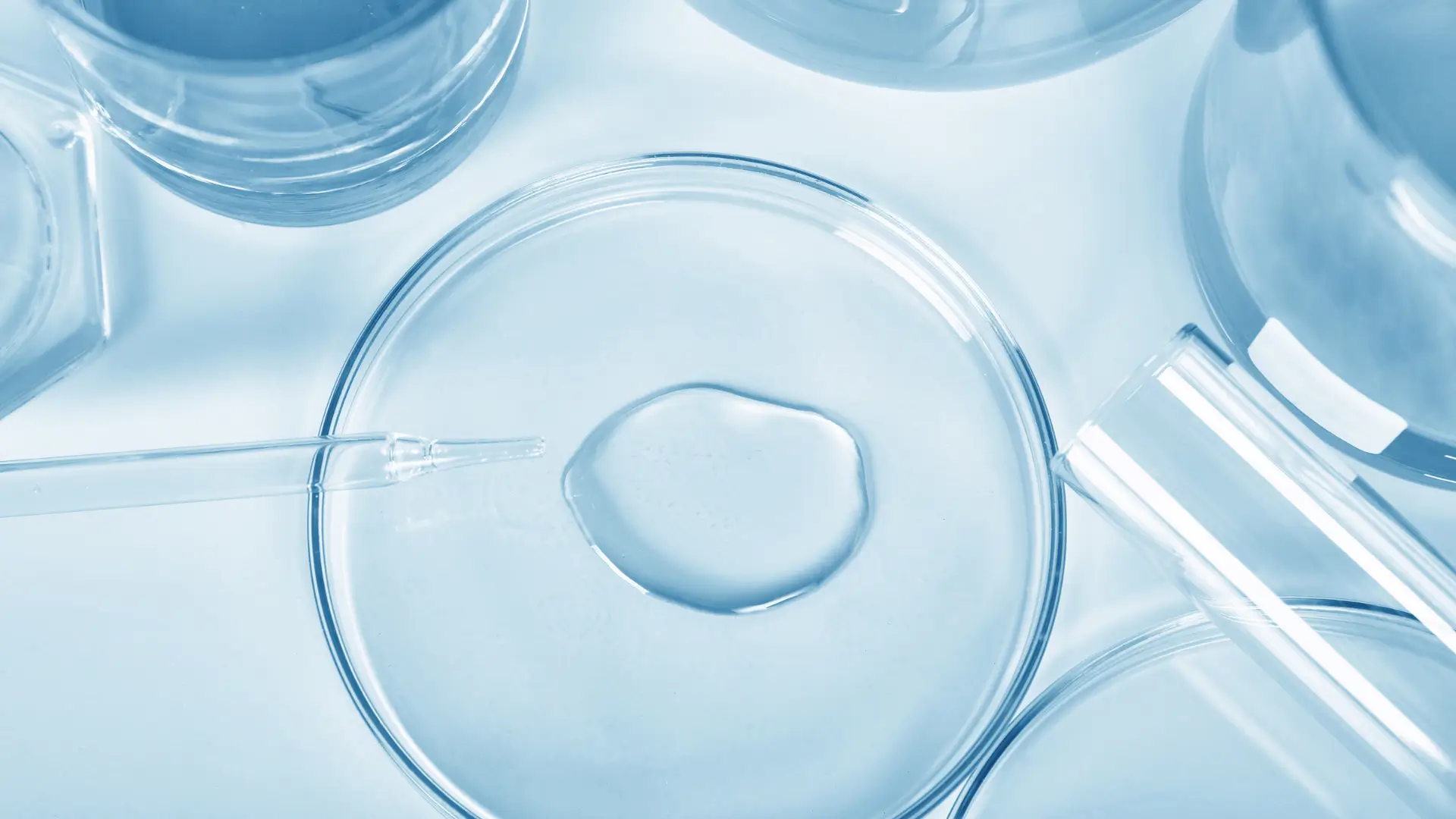
When considering non-surgical fat reduction treatments, it’s essential to consult with a trusted aesthetic professional who can assess your individual needs, including facial or body characteristics, medical history, and skin qualities. Patients often ask about the differences between Aqualyx and Kybella—two of the most popular injectable options for fat reduction.
Though both treatments share a similar lipolytic mechanism, they differ in terms of regulatory approvals and formulations. Understanding these differences can help both practitioners and patients make informed decisions about which option is safest and most effective for their specific goals.
- Aqualyx: Received the CE mark in 2012 as a Class IIa medical device for use in body contouring across Europe. However, Aqualyx fat dissolving injections have yet to receive FDA approval in the U.S., meaning that it is used off-label in regions like the U.S. where Kybella is FDA-approved.
- Kybella: FDA-approved in 2015 specifically for the treatment of submental fat (commonly known as a double chin). In Canada and Europe, it’s marketed under the name Belkyra, but with the same approved indications.
The formulations also differ: Aqualyx consists of a microgel made with deoxycholic acid in a buffering agent and galactose polymer, allowing for gradual fat breakdown. On the other hand, Kybella contains 10 mg/mL of synthetic deoxycholic acid in sterile saline, which leads to a more immediate fat cell disruption.
Aqualyx vs Kybella: Injection Technique & Treatment Areas
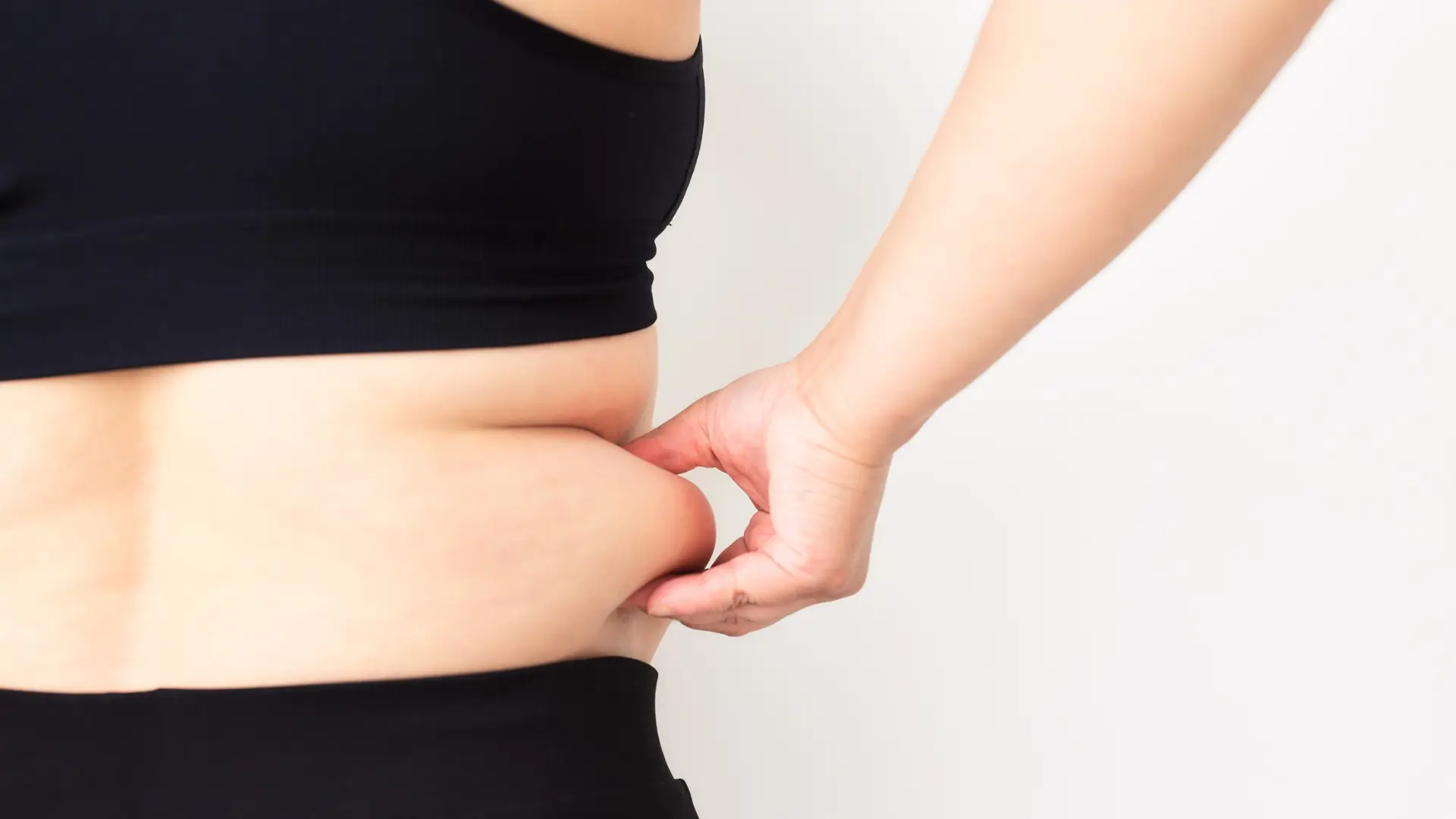
Due to their different formulations, Aqualyx and Kybella require unique injection techniques and are approved for specific treatment areas. Both treatments should only be administered by trained professionals to ensure safety and efficacy.
- Aqualyx Injection Technique: For Aqualyx fat dissolving injections, a 25-27 gauge needle or 22-25 gauge blunt cannula is used to inject the solution in fan or grid patterns. The solution is injected 0.1-0.2 mL per microbolus, with injection sites spaced about 1 cm apart. The injection depth typically reaches the mid-subcutaneous fat plane, which is about 3-5 mm deep, depending on the treatment area and fat thickness.
- Kybella Injection Technique: Uses a 30-gauge needle for precise injections. Typically, 0.2 mL of the product is injected per site in a uniform 1 cm grid, also targeting the 3-5 mm depth in the subcutaneous fat layer.
Aqualyx vs Kybella: Session Count, Recovery & Side‑Effect Profile
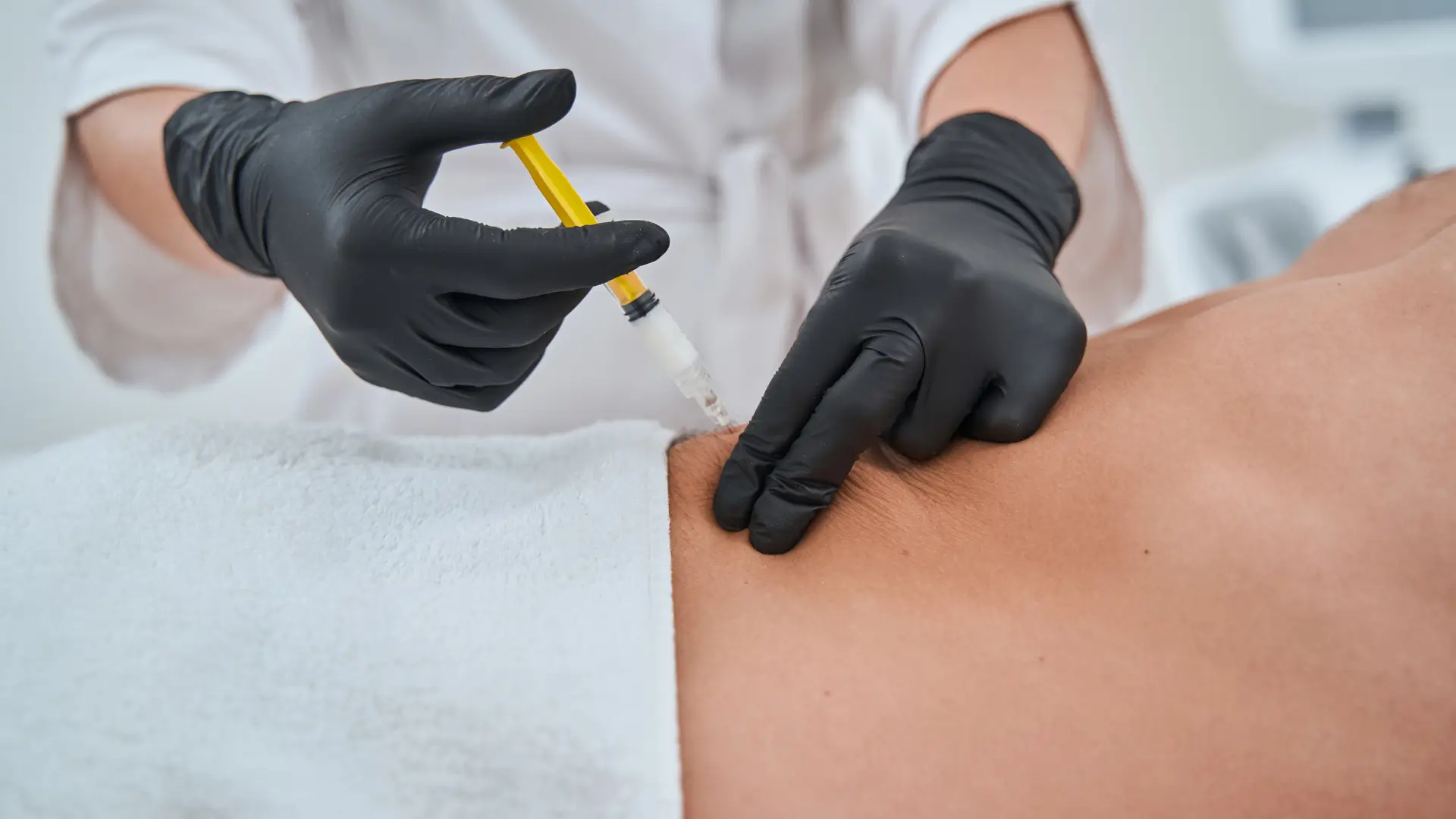
Both Aqualyx and Kybella provide non-surgical solutions for reducing stubborn fat with minimal downtime. However, these treatments require proper planning and individualization based on factors like fat pad size and the patient’s tolerance.
- Aqualyx Session Count: Treatment with Aqualyx typically involves between two to eight sessions, spaced about 4 to 6 weeks apart, depending on the treatment area. Smaller areas may require 2 to 4 sessions, while larger areas might need 6 to 8 treatments.
- Kybella Session Count: Kybella treatments generally consist of up to six sessions, spaced at least 4 weeks apart. Depending on the area treated and the desired outcome, patients might need fewer sessions.
Potential Side Effects
While both treatments may cause mild to moderate side effects, they require only a short recovery time compared to more invasive procedures. Most side effects resolve within a few days to a week, allowing patients to return to their normal activities quickly. These reactions usually subside with proper aftercare, provided by the treating professional.
- Common Aqualyx Side Effects: Mild redness, tenderness, and bruising at the injection site.
- Common Kybella Side Effects: Swelling, pain, hematoma, redness, and induration.
These injectables may also trigger rare but severe side effects due to the presence of contraindications, an unsterile environment, or improper administration. These include nodules, infections, allergic reactions, or other health risks.
Aqualyx vs Kybella: Cost, Accessibility & Patient Preference
The differences between Aqualyx and Kybella also influence accessibility and patient preferences. In general, Aqualyx offers a lower per-vial pricing, but it might require extra sessions to match the results achieved with Kybella. This may be an important factor for patients on a budget.
According to the American Society of Plastic Surgeons (ASPS), non-surgical fat reduction treatments generally cost around $1,157 on average. However, this can vary depending on the targeted treatment area and the number of sessions a patient will need. Aesthetic professionals should always provide patients with a clear cost breakdown after evaluating their needs.
Kybella, due to its FDA approval in the U.S. and other regions like Europe and Canada, is more widely available and has a broader market reach than Aqualyx. Kybella also boasts a 70% responder rate, with patients showing at least a 1-grade improvement after up to six treatments. By comparison, Aqualyx is still undergoing further clinical trials to achieve similar FDA approval in the U.S., though Aqualyx shows promising results in European studies.
Conclusion
Both Aqualyx and Kybella offer effective fat-reduction solutions, each with its unique strengths. Aqualyx provides a versatile option for body contouring across various areas. As for Kybella, it can deliver submental fat reduction. Understanding their different mechanisms of action, formulations, and injection techniques can help patients and practitioners make the most informed choice for their aesthetic goals.
Consulting with a qualified practitioner is essential to ensure the best treatment plan tailored to individual needs. Whether opting for Aqualyx for broader body contouring or Kybella for precise targeting of the double chin, both injectables offer a non-surgical solution for fat reduction, providing effective results with minimal downtime.
FAQs
1. What are Aqualyx and Kybella used for?
Aqualyx and Kybella are both injectables that can target stubborn fat pockets. Aqualyx can work in various body areas, including the abdomen, thighs, and arms. Meanwhile, Kybella specifically targets submental fat, commonly known as a double chin.
2. How do the injection techniques differ between Aqualyx and Kybella?
Aqualyx requires a 25-27 G needle or a blunt cannula and uses a fan or grid pattern for injection. On the other hand, clinicians inject Kybella with a 30-G needle in a uniform 1 cm grid. Proper training is essential for both techniques to ensure safety and effectiveness.
3. What are the potential side effects of Aqualyx and Kybella?
Both treatments can cause mild to moderate side effects. Common side effects of Aqualyx include redness, tenderness, and bruising at the injection site. Kybella may cause swelling, pain, and hematomas. Most side effects resolve within a few days to a week.
References
Spalding KL, Arner E, Westermark PO, et al. Dynamics of fat cell turnover in humans. Nature. 2008;453(7196):783-787. doi:10.1038/nature06902
HIGHLIGHTS of PRESCRIBING INFORMATION | KYBELLA® (Deoxycholic Acid). RX AbbVie; 2015. Accessed August 15, 2025. https://www.rxabbvie.com/pdf/kybella_pi.pdf


